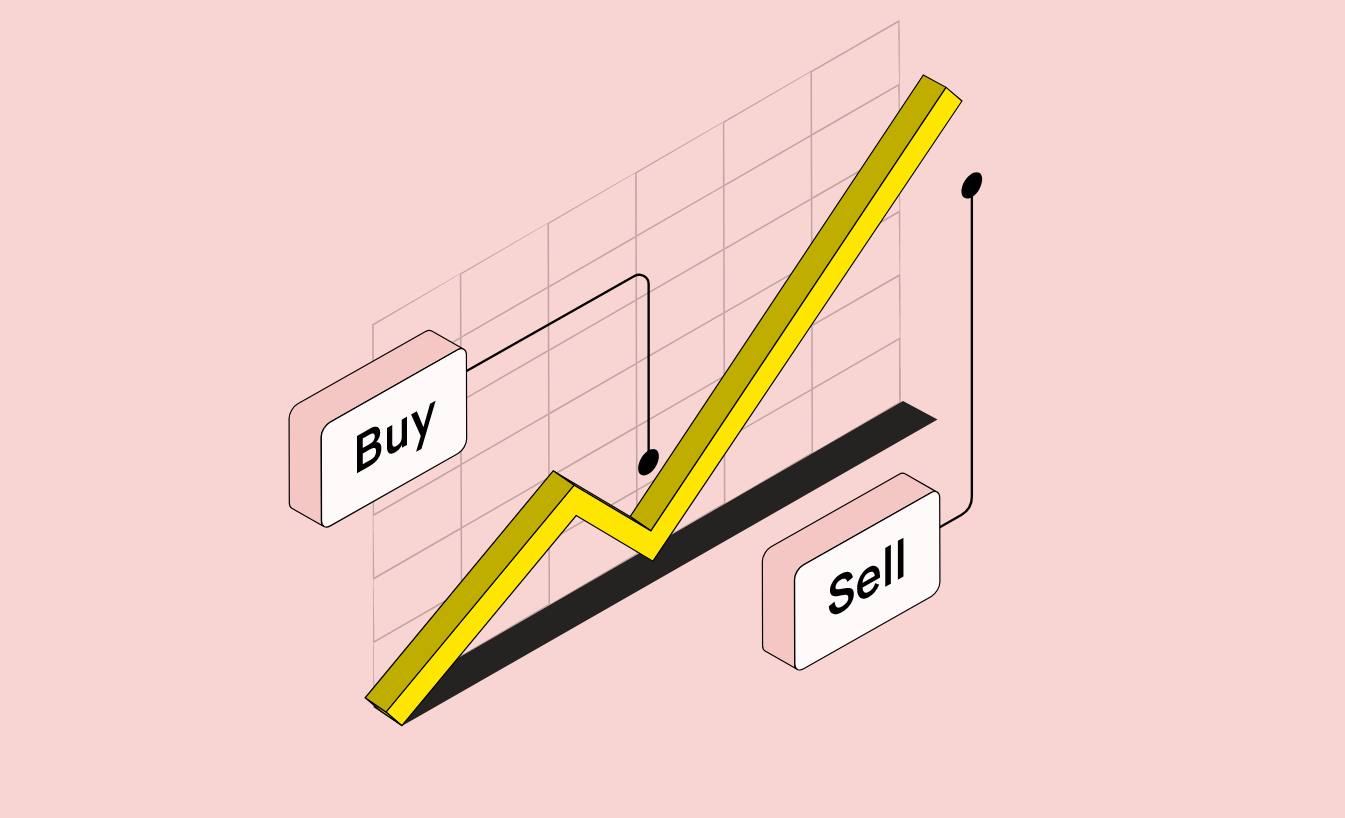
Introduction
Swing trading is a widely popular trading strategy among investors looking to capture gains from short-to-medium-term price fluctuations in the stock market. As a swing trader, you aim to hold positions for a few days to several weeks, allowing you to capitalize on market volatility. In this blog post, we will introduce SwingTrader, a platform dedicated to swing trading, and provide an in-depth review of the strategy, including its pros and cons.
What is Swing Trading?
Swing trading is a trading approach that focuses on capturing gains from the price fluctuations of stocks, ETFs, and other financial instruments over a period ranging from a few days to several weeks. Unlike day trading, which requires constant monitoring and closing all positions within a single trading day, swing trading allows investors to maintain positions over a more extended period.
The SwingTrader Platform
SwingTrader is a platform specifically designed for swing traders, offering a range of tools and resources to help users identify profitable swing trading opportunities. The platform includes advanced charting tools, real-time market data, customizable watchlists, and alerts, as well as comprehensive research and analysis tools. Additionally, SwingTrader provides educational resources, such as articles, webinars, and video tutorials, to help users improve their swing trading skills.
Swing Trading Strategy Review
Swing trading can be an effective strategy for investors who prefer a more moderate approach to trading compared to day trading or long-term investing. By focusing on short-to-medium-term price movements, swing traders can take advantage of market volatility to generate returns.
Pros of Swing Trading
- Potential for higher returns: Swing trading offers the opportunity to capture gains from price fluctuations, which can lead to higher returns compared to a buy-and-hold strategy.
- Flexibility: Swing trading allows investors to trade a variety of asset classes, including stocks, ETFs, options, and futures, providing flexibility and diversification in their trading strategies.
- Less time-consuming: Unlike day trading, swing trading doesn’t require constant monitoring of the market throughout the day, making it more suitable for investors with limited time.
- Risk management: Swing traders can utilize stop-loss orders and other risk management techniques to protect their investments and minimize potential losses.
Cons of Swing Trading
- Risk of short-term losses: Swing trading exposes investors to the risk of short-term losses due to market volatility and unpredictable price movements.
- Trading fees and commissions: As swing traders typically make multiple trades within a short period, they may incur higher trading fees and commissions compared to long-term investors.
- Requires market knowledge and analysis skills: Successful swing trading requires a solid understanding of market dynamics and the ability to analyze price trends and other factors to identify profitable trading opportunities.
- Emotional decision-making: Swing trading can be emotionally challenging, as investors may be tempted to make impulsive decisions based on short-term market movements.
Conclusion
SwingTrader is a platform tailored for swing traders, providing a range of tools and resources to support this popular trading strategy. Swing trading can be an effective approach for investors seeking to capitalize on short-to-medium-term price fluctuations, offering the potential for higher returns and flexibility compared to other strategies. However, it’s crucial to be aware of the risks associated with swing trading, including the possibility of short-term losses and the need for effective risk management.
By understanding the pros and cons of swing trading and utilizing platforms like SwingTrader, investors can develop a well-rounded trading strategy that leverages market volatility to their advantage while minimizing potential risks.
Author:Com21.com,This article is an original creation by Com21.com. If you wish to repost or share, please include an attribution to the source and provide a link to the original article.Post Link:https://www.com21.com/swing-trading.html

Comments(1)
Swing trading is a speculative trading strategy in financial markets where a tradable asset is held for one or more days in an effort to profit from price changes or ‘swings’. A swing trading position is typically held longer than a day trading position, but shorter than buy and hold investment strategies that can be held for months or years. Profits can be sought by either buying an asset or short selling. Momentum signals (e.g., 52-week high/low) have been shown to be used by financial analysts in their buy and sell recommendations that can be applied in swing trading.